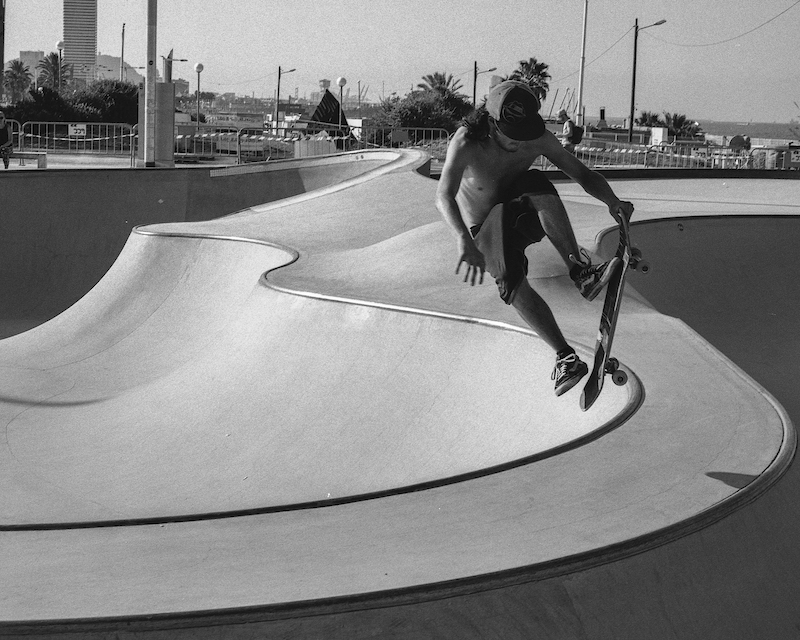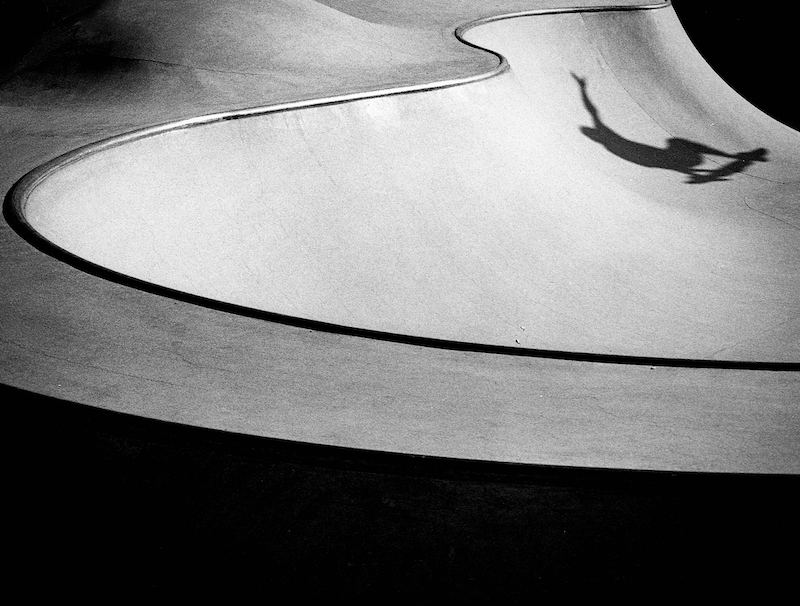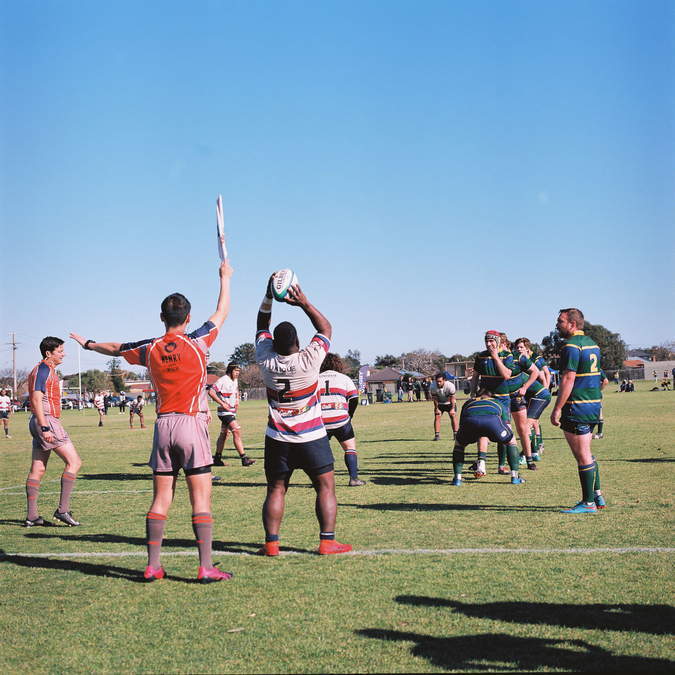Archiver
Veteran
Last week, I was able to shoot a sports team training indoors. I have to say that trying to shoot them with a rangefinder was not fun. Because I usually shoot wide open or close to it, trying to focus on fast moving bodies was difficult. I tried stopping down, but ran into ISO limitations with my M9, especially when trying to freeze action. The best I could do was f2.8 at 1/500 shutter speed, and limiting the ISO so I could push the images in post.
I did get some keepers, but the experience was frustrating and left me wanting a blazing autofocus camera like a Sony A9 or Canon 1DX II. My GH4 shot a fair few images with my Voigtlander lenses on high speed burst, but these images lack that special sauce that I get with the M9, or even the Ricoh GXR-M.
So how do you guys do it? Are there any helpful ideas for shooting sports with a rangefinder? I know it's not optimal, but it's the best I've got for now.
I did get some keepers, but the experience was frustrating and left me wanting a blazing autofocus camera like a Sony A9 or Canon 1DX II. My GH4 shot a fair few images with my Voigtlander lenses on high speed burst, but these images lack that special sauce that I get with the M9, or even the Ricoh GXR-M.
So how do you guys do it? Are there any helpful ideas for shooting sports with a rangefinder? I know it's not optimal, but it's the best I've got for now.









